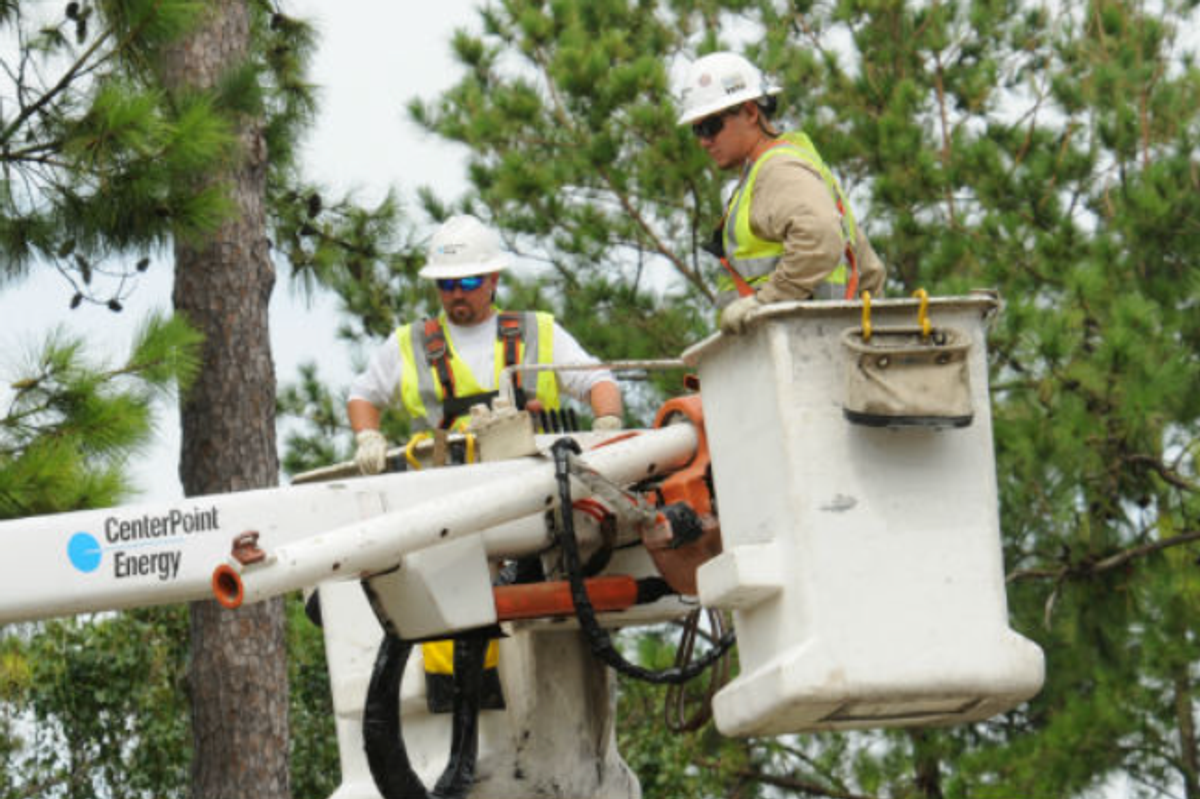Houston company selects site for net-zero hydrogen production facility, low-carbon microgrid
major move
A Houston-based energy transition infrastructure firm has announced where it's planning to build a multiple-phase project that will produce carbon-neutral hydrogen and run a low-carbon microgrid.
Fidelis New Energy selected Mason County, West Virginia, as the site for its carbon neutral hydrogen production facility and low carbon microgrid —The Mountaineer GigaSystem and the Monarch Cloud Campus for data centers powered by net-zero hydrogen.
The facility will be using the company's the proprietary tech, called the FidelisH2, that produces hydrogen using "a combination of natural gas, renewable energy, and carbon capture, utilization, and sequestration," according to a news release.
The four-phase project is estimated to cost $2 billion per phase and will produce over 500 metric tons per day of net-zero carbon hydrogen. The first phase is expected to be completed in 2028.
"I am beyond excited that West Virginia will be the home of the Mountaineer GigaSystem and Monarch Cloud Campus," West Virginia Governor Jim Justice says in a news release. "West Virginia has a long history as an energy powerhouse for our nation, thanks to our hardworking people who know how to get the job done. And now, we're in a great position to make the most of a new fuel – hydrogen – through this incredible project in Mason County.
"There's simply no doubt that Fidelis is going to help shape the future of West Virginia in a major, major way by assisting in the commercial lift-off of some truly exciting new industries," he continues.
The project includes an incentive package from the West Virginia Department of Economic Development.
"The project's four-phase construction plan will not only provide substantial employment opportunities for the local workforce, with 800 full-time jobs and 4,200 construction workers, but it will also have a major positive impact on the region's economy," John Musgrave, the executive director of the Mason County Development Authority, says in the release. "The influx of workers and the establishment of the facility will bring additional business, industry, and new technology to Mason County, the state, and the surrounding region."
In addition to the hydrogen-producing FidelisH2 tool, Fidelis's suite of technologies includes H2PowerCool, which powers and cools data centers, and CO2PowerGrow, which is used for greenhouses to decarbonize and lower the cost of food production.
The new collaborative project is a rising amid the region's bid in the U.S. Department of Energy’s Office of Clean Energy Demonstrations for the regional clean hydrogen hub Funding Opportunity Announcement. The bid, called the Appalachian Regional Clean Hydrogen Hub, or ARCH2, was submitted earlier this year by a multi-state effort.
"Our proprietary net-zero solutions using only proven technologies are attracting significant commercial interest from hydrogen users, data center operators, and greenhouse owners," Bengt Jarlsjo, co-founder, president, and COO at Fidelis, says in the release. "This helps the ARCH2 hub to achieve scale across the hydrogen lifecycle from production through consumption."










